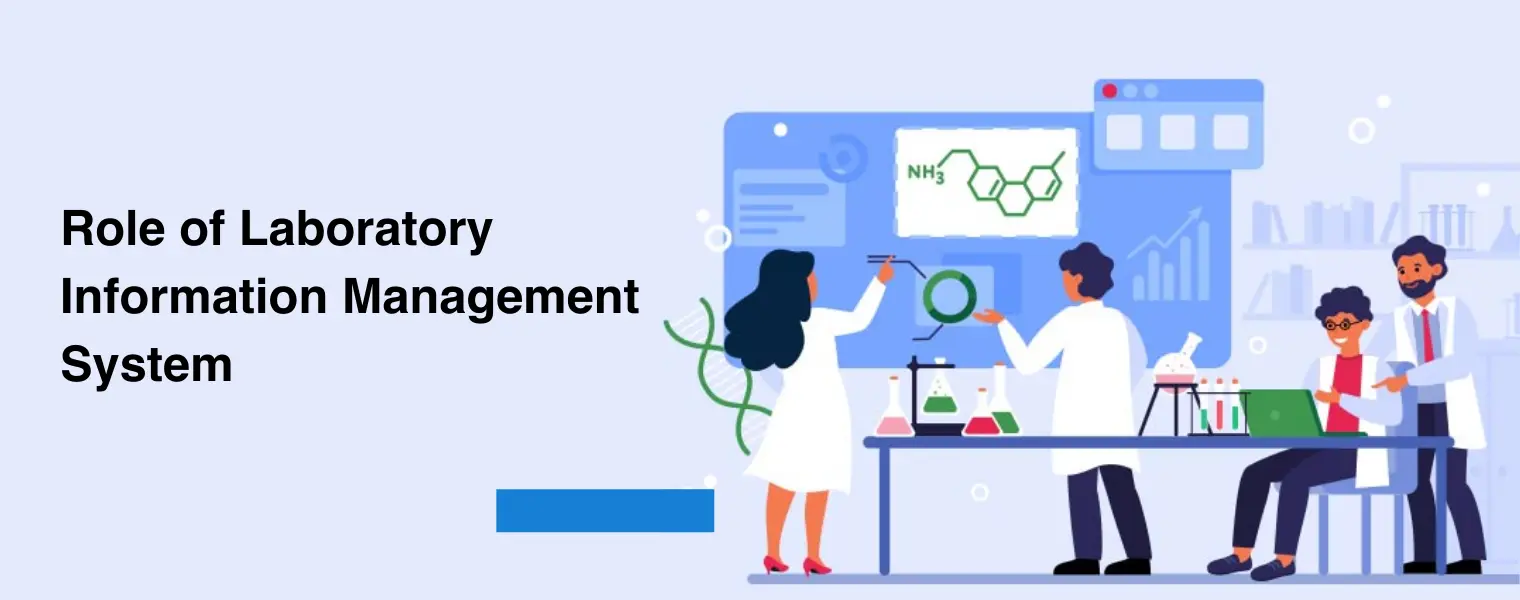
Since its start, the laboratory information system has evolved into a critical component of properly managing and boosting the pathology department's efficiency. The programme allows laboratories to improve patient care, eliminate human errors, and cut operating expenses by standardizing tests, processes, and workflows. Unlike in the past, there is now a variety of laboratory management software that is extremely effective at gathering evidence-based data and evaluating it to provide significant insights for accurate patient diagnosis and treatment. We will explain how laboratory information systems are used in regular healthcare practices and how they support your company's growth in this piece. Healthcare, like many other industries, is not self-sufficient. Because this is a constantly changing industry, neither the issues nor the solutions will ever cease. The Laboratory Information Management System is one such healthcare system (LIMS). The Laboratory Management System (LMS) has been offering healthcare solutions to the business for many years.
Laboratory management software or system is an IT solution that helps laboratories deal with regulatory, automation, and data management issues. It allows laboratories to streamline their regular operations and improve clinical efficiency. This system was previously exclusively used to track the samples collected by the laboratory. However, thanks to emerging technologies, healthcare software has evolved into an integrated solution for all types of laboratory requirements. A simple LIMS (Laboratory Information Management System) handles customer service, billing for patient care, and keeping track of samples and tests conducted by the laboratory. DoFort Laboratory Information Management System (LIMS) is software that helps you handle samples and data more efficiently. Your lab can use our LIMS to automate workflows, integrate instruments, and manage samples and related data. You can also get more consistent results faster and track data from sequencing runs over time and between experiments to increase productivity. A laboratory information system's primary function in a lab is to boost operational efficiency by automating operations and reducing the need to manually manage patient information. Barcode labeling, automatic and tailored report delivery, specimen tracking, reflex testing; custom report formatting, billing system interfaces, and electronic order input can all be automated with a good LIMS. These operations, however minor they appear, require a significant amount of staff work to complete on a daily basis. Furthermore, the newly constructed lab information software is incredibly sophisticated. They evaluate patient and organizational data using various algorithms to obtain critical insights that help diagnose diseases more correctly and estimate essential measures for the clinic's or hospital's future growth.
The functions given by laboratory management software are numerous in today's digital world. Consider the following examples:
A laboratory information system's principal function is to manage the lab's fundamental input procedures. Today's software allows for numerous methods of recording a patient's demographics and other medical data. Among the methods are:
Obtaining data from web servers from designated libraries.
Typing into the LIMS software by hand.
Using a voice recognition system to capture data.
Specimen processing is a feature of LIMS that is quite useful. For precise results, specimen processing often takes a long time and requires a lot of care. The specimens can be processed quickly and easily using LIMS, depending on their type and order. After processing, the specimens are stained according to their specifications and checked by a pathologist for any abnormalities. After that, the diagnosis is entered into software for further analysis.
The flexibility of laboratory management software to interact with various laboratory equipment is its most advantageous feature. The data from the lab instruments can be instantly entered into the LIMS software and added to the case for further processing. In the case of bidirectional interfaces, orders are sent straight from the user's system to the interface. You can also combine your programme with a web-based outreach module that allows you to place orders directly with patient information.
Delivering the final report of the patient's lab tests is one of the most important components of the laboratory. The report is regarded as the definitive depiction of all laboratory work. As a result, it is critical that the tests performed are precise in every way in order to demonstrate the lab's legitimacy. A good laboratory information system software is capable of producing accurate, evidence-based outcomes. It also aids in the timely delivery of reports and the proper dissemination of information as requested by patients. The reports can be acquired through email, EMR system, or printout, depending on the patient's option.
Patients profit greatly from laboratory information systems since they have easy access to the lab's many services. Whether it's scheduling tests, collecting samples, or receiving findings, a lab management system can enable you do it all from the comfort of your own home. Patient records, such as medical history, diagnosis, and other information, are entered into a system that patients may access online to better track their health records.
DoFort Laboratory Management Software is the greatest medical software available, since it is dependable, functional, and packed with comprehensive capabilities to handle all of a laboratory's minor tasks. Our high-end experts can provide you with a free software demo or answer any questions you may have about your work process.
Welcome to DoFort !